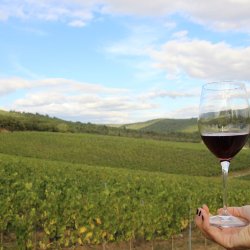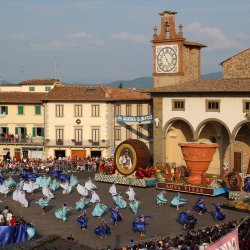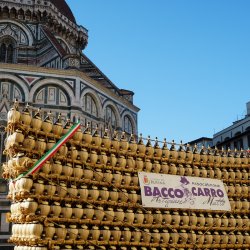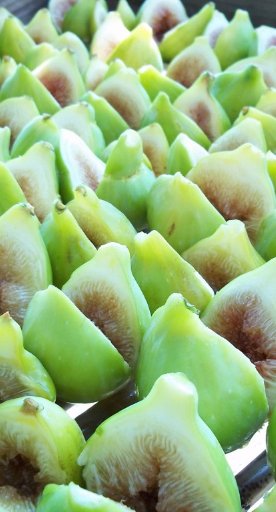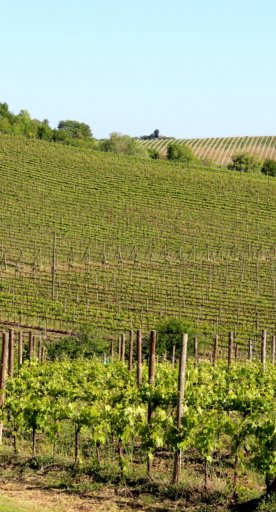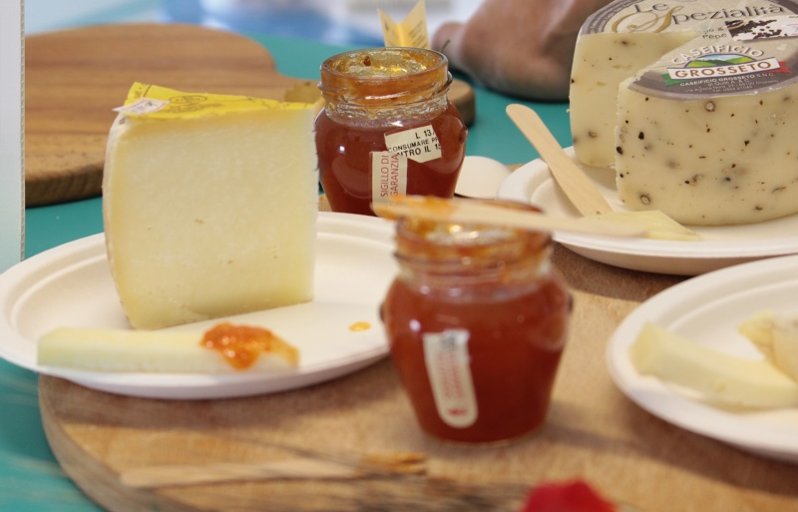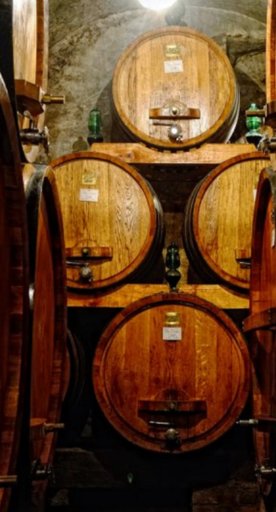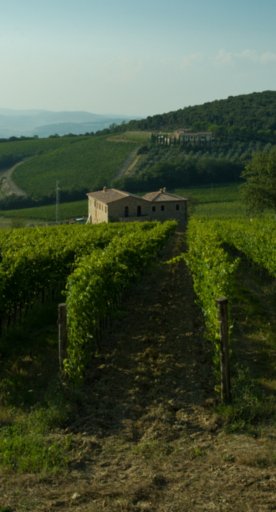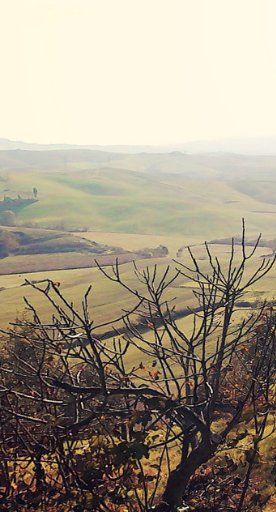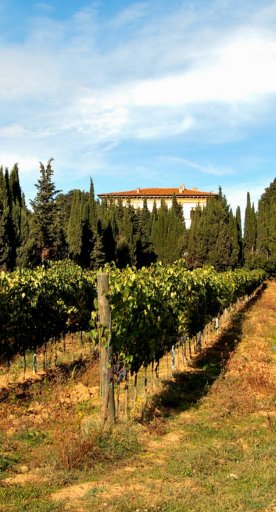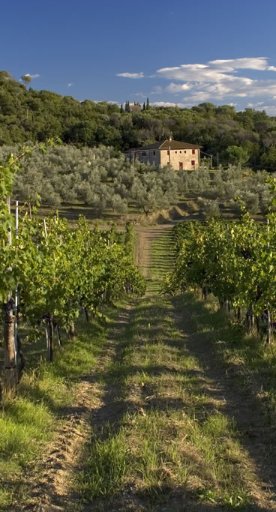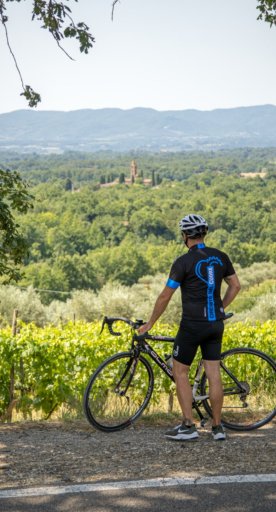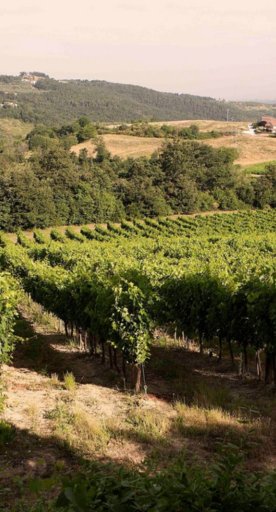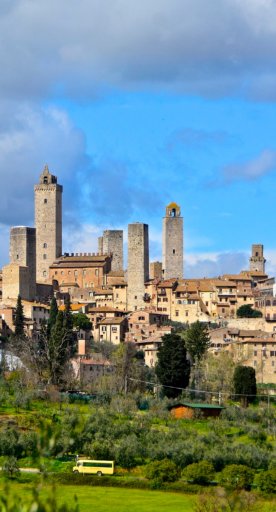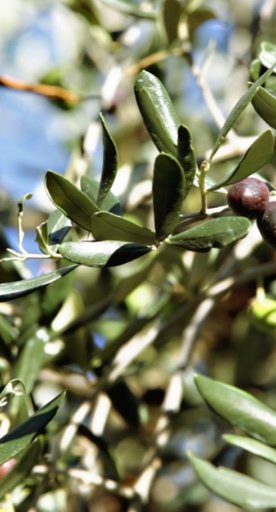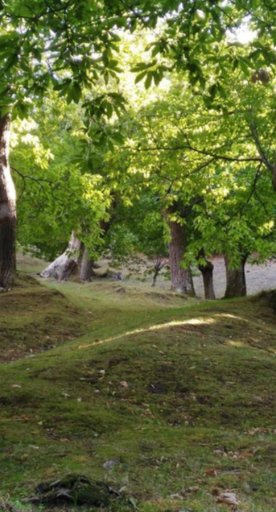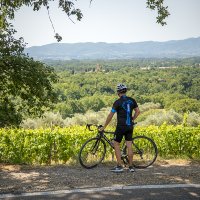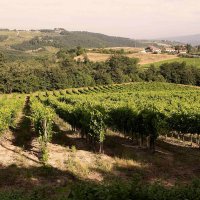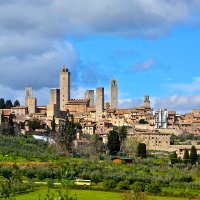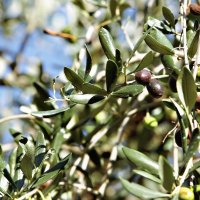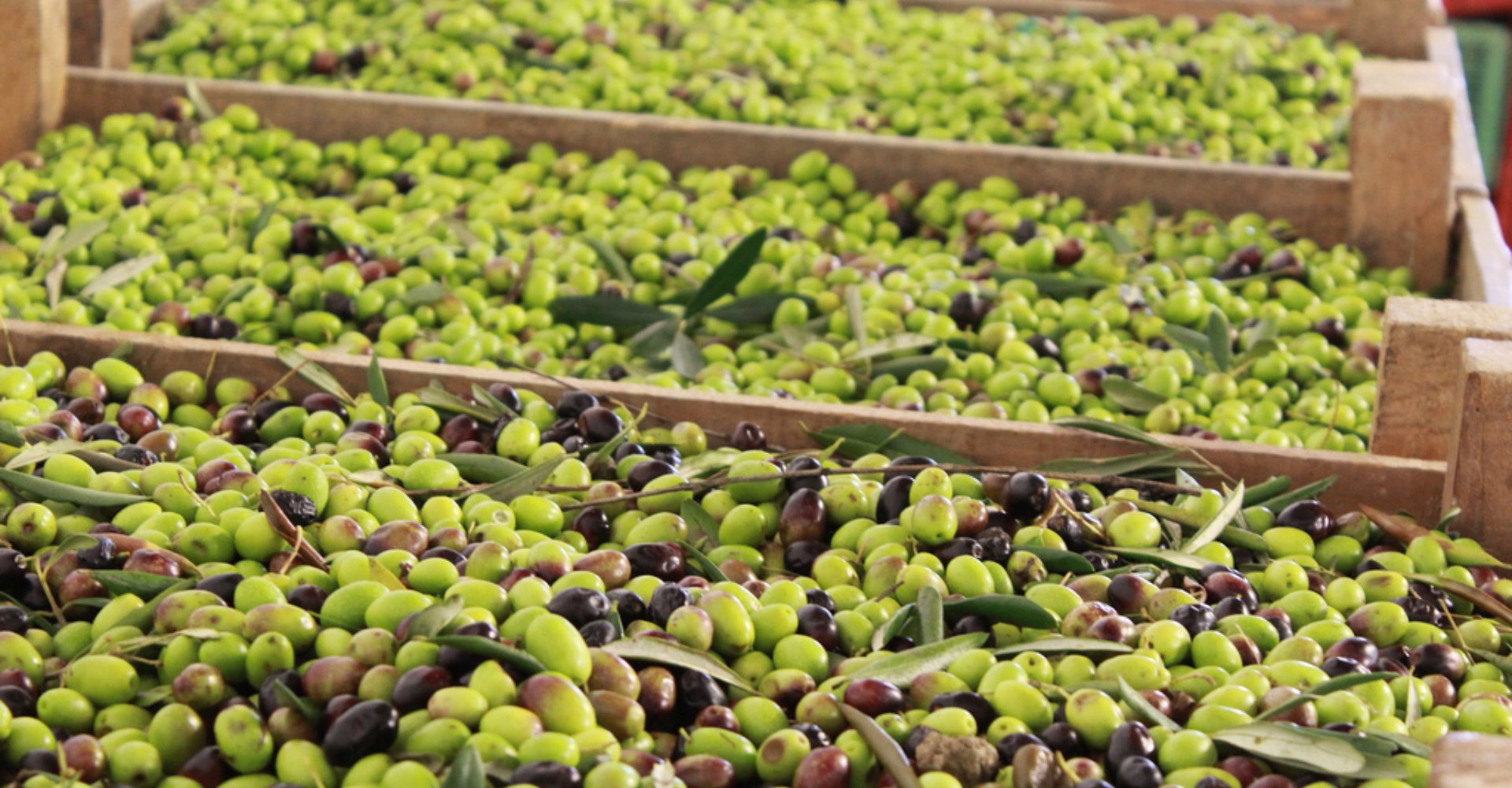

Tuscan extra virgin olive oil: how it's made
What does extra virgin olive oil mean and what's so special about Tuscany's olive oil?
-
1.Harvest
-
2.Milling
-
3.The final press
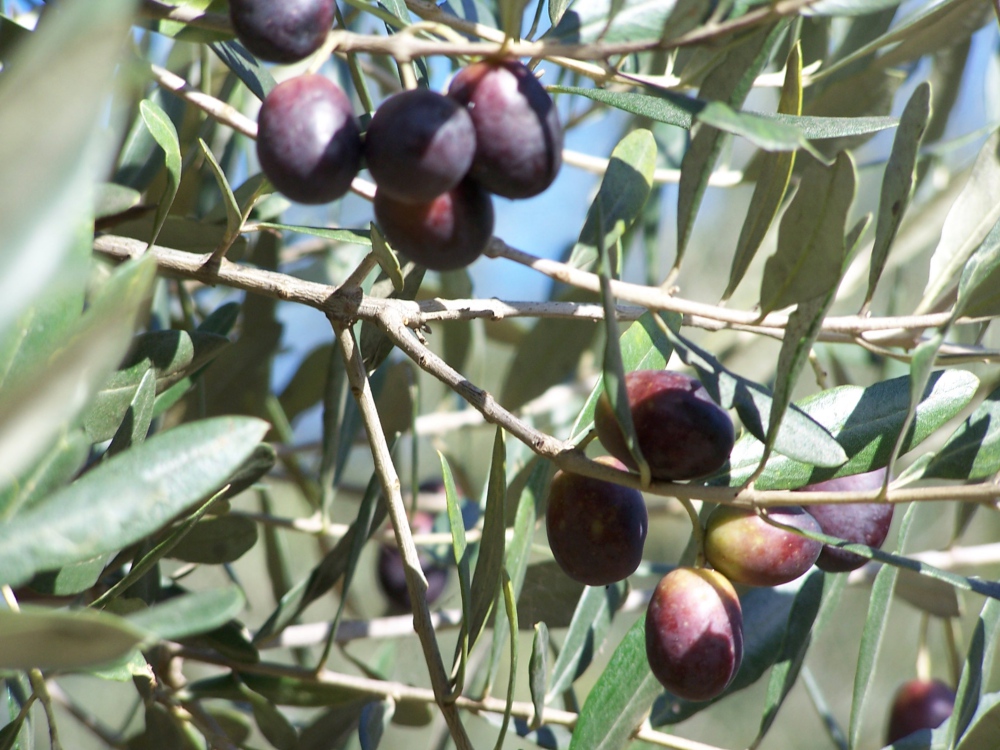
According to European regulations, you can find four kinds of olive oils:
- Extra virgin olive oil: obtained by mechanical pressing, without any treatment other than washing, decantation, filtration, with a maximum acid value of 0.8 %;
- Virgin olive oil: obtained like the extra virgin olive oil but with a degree of acidity of up to 2 %;
- Olive oil: obtained from virgin olive oil, and blended with refined olive oil that has undergone a chemical process aimed at the elimination of defects;
- Olive-pomace oil: obtained from the cutting of virgin olive oil with refined oil residue, which by itself is not edible; it is what is left from the olive paste after oil extraction.
Extra virgin olive oil is the category with the highest quality from an organoleptic point of view (taste, colour, smell, feel) and benefits from specific European legislation that guarantees its quality. Those whose traits are inseparable from their geographical origins are protected by the DOP and IGP labels (PDO and PGI in English), which certify the precise geographic origins of the product. There are four Protected Designations of Origin in Tuscany: Chianti Classico DOP, Terre di Siena DOP, Lucca DOP and Seggiano DOP, and one Protected Geographical Indication, Toscano IGP.
In Tuscany, the harvesting stage starts in October, the olives are mostly picked by hand and immediately sent to be pressed. If you want to learn more, here are the three main steps of the extra virgin olive oil production process:
Harvest
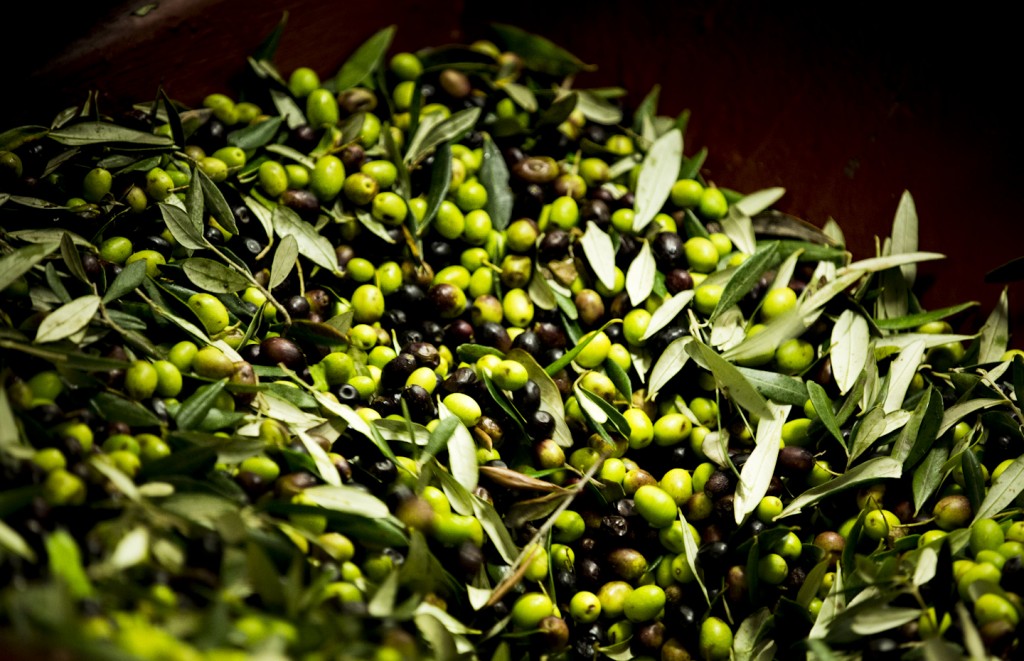
Producers should only pick fresh olives that are still hanging on the branches, being careful to avoid bruising or lacerations that may damage their surface. ‘Cropping’, a manual method, is undoubtedly the best way to harvest, as it ensures in-depth screening.
Milling
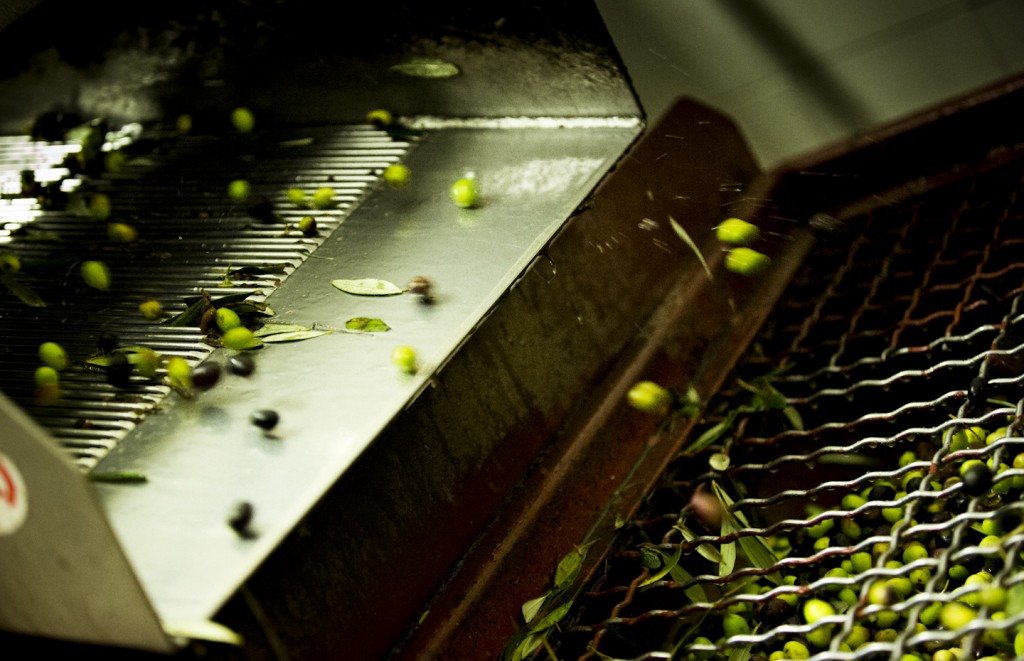
Transport to the mill should be done as quickly as possible as this is the most delicate and most important stage. During processing, the olives are washed and separated from the leaves. They are then pressed and reduced to pulp.
The final press
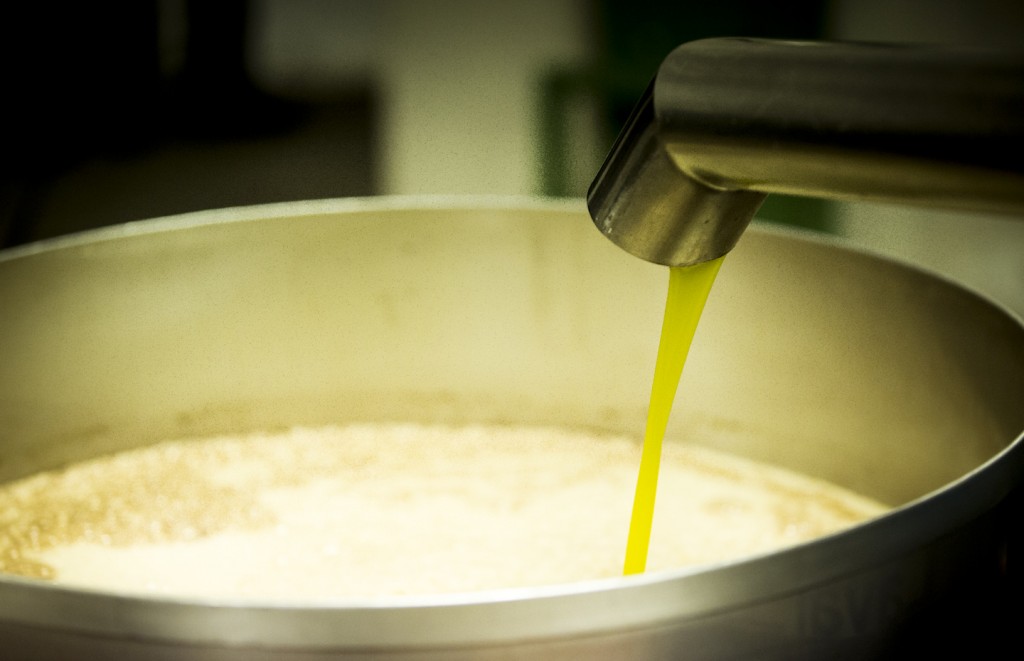
The raw oil is filtered to remove water and solid residues in order to obtain a dense but crystalline product. Now you can taste the freshly pressed extra virgin olive oil or "oilio novo".


